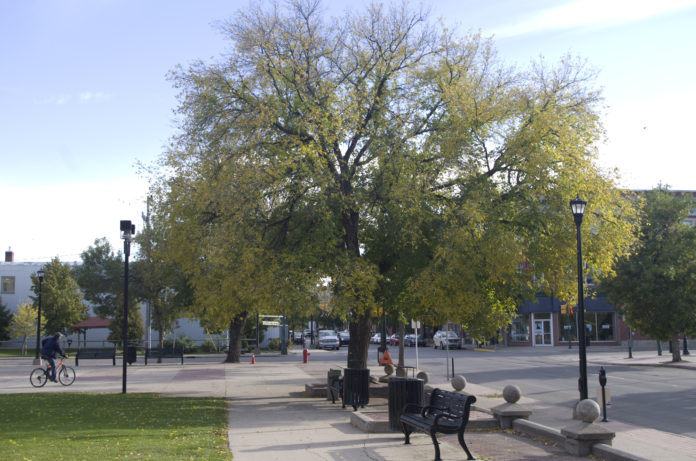The AccuWeather Global Weather Centre released their annual summer forecast this week and the long range forecast in Saskatchewan sees drought conditions in the southern part of the province and better conditions in the north. Senior AccuWeather meteorologist Brett Anderson explained the drought that has already begun in the south could get much worse.
“We are having some relief this week but it’s just going to be a little relief but I think things are going to dry out again and I think the drought is a serious problem in the extreme southern part of the province to get into the heart of the summer,” Anderson said.
In a release, Anderson said that above-normal temperatures and very little rainfall are expected in the northern Plains of the United States, and that same pattern is expected to extend into southern Alberta, Saskatchewan and Manitoba.
According to Anderson, thunderstorm activity is expected to be lower than normal in the southern Canadian Rockies compared to typical summers.
Anderson explained that the south will see a high fire threat with some fires already sparking around Melville.
“I think we are going to see many more 30 degree plus days than usual across the southern portion of the province,”
The central and northern area from Saskatoon to around Prince Albert will be on the southern edge of thunder storms.
“I think rainfall in the central portion is going to be more closer to normal during the course of the summer which again should keep the heat in check. But I still think we are still looking at above normal temperatures for the bulk of the summer and again not as extreme as the south,” Anderson said.
The central north will be in better shape and will have more opportunities for rain and thunderstorms and not as extreme heat this summer according to Anderson.
“We will get a fair amount of moisture in the central and the northern during the course of the summer. My main concern is the south,” Anderson said.
The forecast clues from spring show that the extreme drought will continue because it is already present.
“That is a good clue that drought will likely expand to the summer and with that we are also going to see more heat than usual because when we have a dry ground all of that sun’s energy is going directly towards heating, it’s evaporating water out of soil. So that kind of builds up the heat more than usual,”\
He said that the current cool temperatures and moisture will have an effect,
“We do think the bulk of June especially as we get into July and August we are going to see plenty of heat and also drier than normal conditions with expanding drought especially across southern portions of the province including southern Alberta and southern Manitoba,” he explained.
According to the most recent crop report from the province 82 per cent of the crop has been seeded in the southwest region, 79 per cent has been seeded in the southeast, 77 per cent seeded in both the west-central and northwest regions and 63 per cent seeded in the east-central and northeast regions. Anderson explained that despite crops being in the ground in the southern parts of the province ground conditions are poor.
“It’s so dry and there is very little moisture in the ground so that’s the problem there. So they got it in early but poor conditions as of now. They are going to get some rain this week but over the long term for a seasonal forecast we do think drought is going to take hold once again across those areas,” Anderson said.
With the now under control Cloverdale wildfire northeast of Prince Albert he still isn’t sure how the fire season will go in the northern part of the province.
“ I am going to say thunderstorms are the one thing I am concerned about in the north, that brings rain but it also brings lightning. It is too early yet to tell whether we are going to see more fires in the north compared to normal due to an increase of lightning because I do think we are going to see more lightning than usual in the north so that’s a concern,” Anderson said.
Warmer temperatures in combination with an abundance of dried or even dead vegetation will increase the risk for a bad fire season from the Rockies to the Prairies, Anderson noted that this season could be worse than the fire seasons of recent years.
Anderson explained that the northern part of the province is not as dry as the south.
“I think that is going to be a problem more due to man made causes rather than lightning in the south. But in the north we will have a better idea of what the fire season will be like in the north and parts of Alberta probably in another month we will have a better idea of what is happening,”
“Most fires are caused by lightning but some are not. Thunderstorms are good and bad they bring the rain but they also bring the lightning so dry thunderstorms you have got to be worried about and are what cause the big problems,” he explained.
Anderson has been forecasting at AccuWeather for 32 years, with more than a decade at the helm of the company’s focus on weather for Canada.


